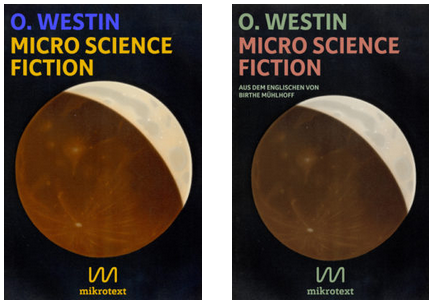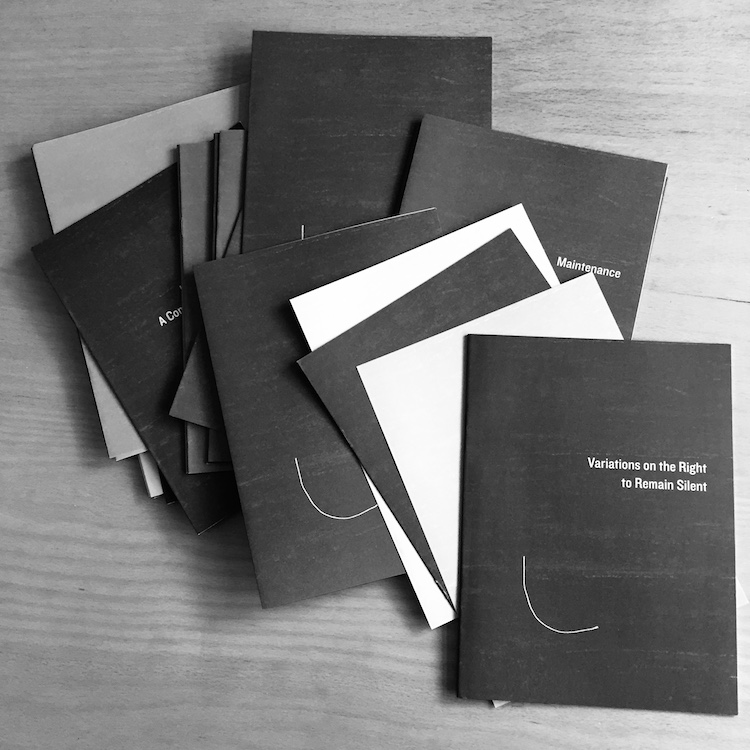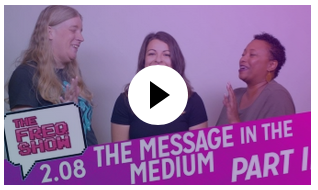The last in our series reviewing best practices for publishing research information for a broad audience focuses on formats. Which experimental formats pushing quality are noteworthy? Of course, this is an open question which demands more consideration than just a short blogpost, so please consider the post as a collection of some general notes and as an invitation to share your tips and own inspirations (mail).
The best practices have been organized into three categories: audio and video, open books and longform short / shortform long. Read about the other two episodes in this series under Strategies to speed up publishing and Strategies for positioning your publication.
Audio and video formats
It is hard to imagine a world without podcasts anymore (although I must admit I myself am not an avid listener). There are numerous options out there for the seriously interested, no matter what the subject is. Also, there are numerous manuals, tutorials or step by step guides on how to start your own podcast (just search for ‘how to start a podcast’), so I won’t go into that here.
Creating good video is a lot harder than doing audio – although the work going into a good podcast should definitely not be underestimated. It probably also takes a bit more courage for writers and researchers to step in front of the camera than behind the microphone. Capturing the audience with low-fi video will prove hard. Find some inspiration beyond the all-too-slick TED-talks and the all-too-studious classroom videos, which moreover still focus on having one person telling a story like it is, in the examples of Contrapoints and Feminist Frequency, two examples that are mentioned a lot in discussions of new forms of publishing.
Open books
Another category of formats actively trying to enhance quality can be referred to as ‘open books’. They use the internet to break open the writing and publishing process, including peer-review, thus stepping away from the single-author-knows-it-all-ideology. The first example I want to mention is the Living Books About Life project from Open Humanities Press, that was discussed by Gary Hall and Janneke Adema at the Urgent Publishing conference. Their website states:
All the books in the series are themselves ‘living’, in the sense that they are open to ongoing collaborative processes of writing, editing, updating, remixing and commenting by readers. As well as repackaging open access science research — along with interactive maps, visualisations, podcasts and audio-visual material — into a series of books, Living Books About Life is thus engaged in rethinking ‘the book’ itself as a living, collaborative endeavour in the age of open science, open education, open data and e-book readers such as Kindle and the iPad.
Another example worth mentioning comes from MIT Press and is called BookBook, which is hosted on PubPub: an online publishing platform that allows for an open peer-review process, interaction with readers in an early stage, and wide dissemination of research content: ‘PubPub socializes the process of knowledge creation by integrating conversation, annotation, and versioning into short- and long-form digital publication.’ Coincidentally, a title now open to comments is called Annotation:
Why open up the peer review of Annotation? To walk the talk. If you create a PubPub account and write a single comment about this draft manuscript, then you have added a note to a text. You’ve authored an annotation. You’ve helped make reading visible and thinking collaborative for the purposes of knowledge production.
Longform short / Shortform long
One of the perks of hybrid publishing is to be able to free yourself of the constraints of paper, in the sense of length of content and the open-endedness that is provided by digital forms. There’s no minimum amount of pages to take into account anymore, as is the case with (binding) books. This opens up a world of possibilities for ‘shorter longform’ so to speak – texts in the range of 20,000 to 50,000 words (give or take a couple of thousands). There are many such examples to be found across the spectrum, all the way up to the university presses.
The shorter longform doesn’t have to be just a shorter version of a standard text of course. It starts to get really interesting when more experimental forms come into play as well. What form does the content deserve? A zine? A pamphlet, manifesto, DIY-manual? An online longread or an epub designed for reading on the smartphone while commuting?
 We can also turn the two around and look at shortform that is collected into a – longer – publication. Shortform content could be a feed from Tumblr or Twitter that is archived / fixated / transformed into a standalone publication or anthology. A recent example is the booklet Micro Science Fiction, published by mikrotext (see also this presentation at Urgent Publishing), which comprises a couple of hundred of tweet-length science fiction stories into a contained flow.
We can also turn the two around and look at shortform that is collected into a – longer – publication. Shortform content could be a feed from Tumblr or Twitter that is archived / fixated / transformed into a standalone publication or anthology. A recent example is the booklet Micro Science Fiction, published by mikrotext (see also this presentation at Urgent Publishing), which comprises a couple of hundred of tweet-length science fiction stories into a contained flow.
Another recurring idea that uses the short form to produce longer form publications is what can be called the ‘chain reaction’. See for example NXS and Pervasive Labour Union zine, where authors are asked to respond to each other’s contributions. This opens up many interesting questions and pathways, from multi-voiced writing to never-ending publications. Where to make the cut in an ongoing publication and produce a (commodifiable) edition? A question that harks back to open books as well.
Conclusion
 To conclude, the book or A-Z argumentation is definitely not the only medium for the message anymore, when we talk about research content for a broader audience. The publication can be as diverse as a Twitter thread or YouTube vlog. Perhaps we should keep in mind the distinction between publishing as a certain movement, performance, or flow, and the publication as a version or edition that freezes this flow. Urgent publishing would mean to be aware of both the urgency of the flow and of the cut; that might be where the three factors of speed, quality and positioning (both of the publication in an audience and of the publisher in the publishing landscape) join forces.
To conclude, the book or A-Z argumentation is definitely not the only medium for the message anymore, when we talk about research content for a broader audience. The publication can be as diverse as a Twitter thread or YouTube vlog. Perhaps we should keep in mind the distinction between publishing as a certain movement, performance, or flow, and the publication as a version or edition that freezes this flow. Urgent publishing would mean to be aware of both the urgency of the flow and of the cut; that might be where the three factors of speed, quality and positioning (both of the publication in an audience and of the publisher in the publishing landscape) join forces.




